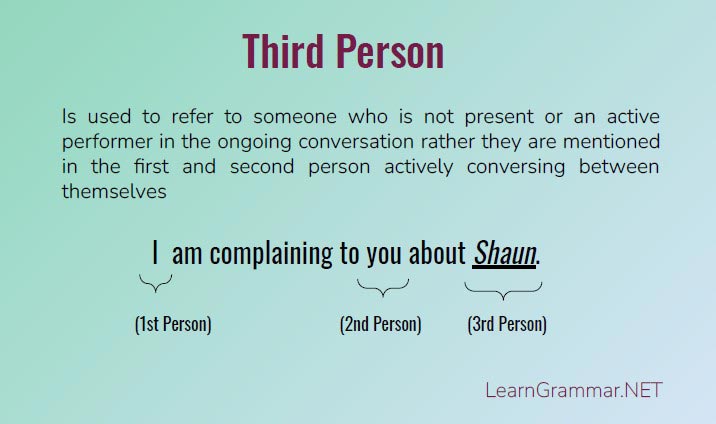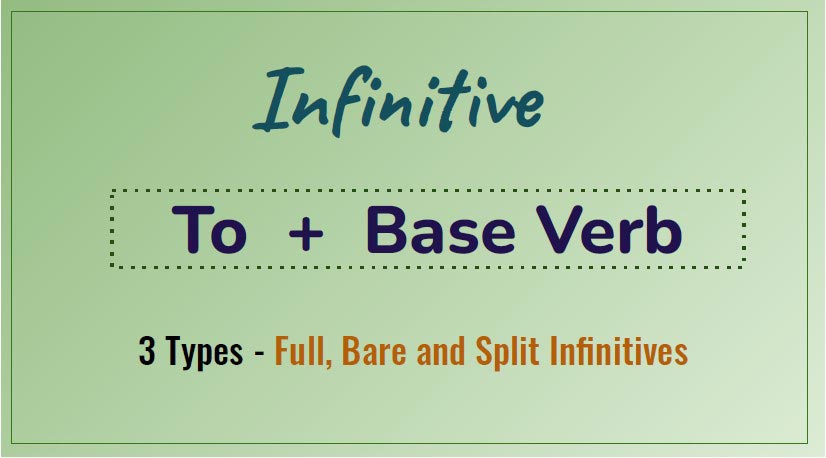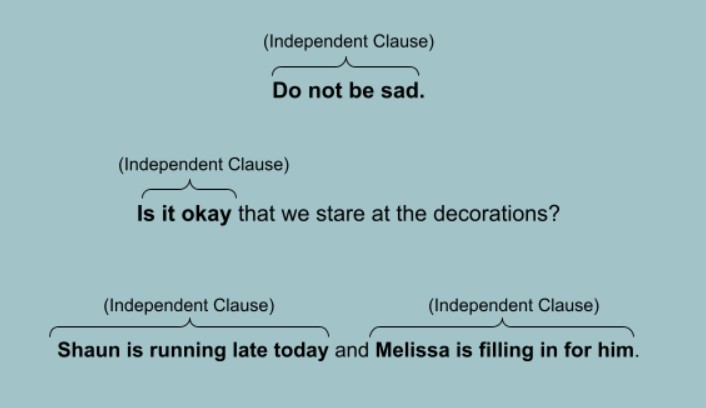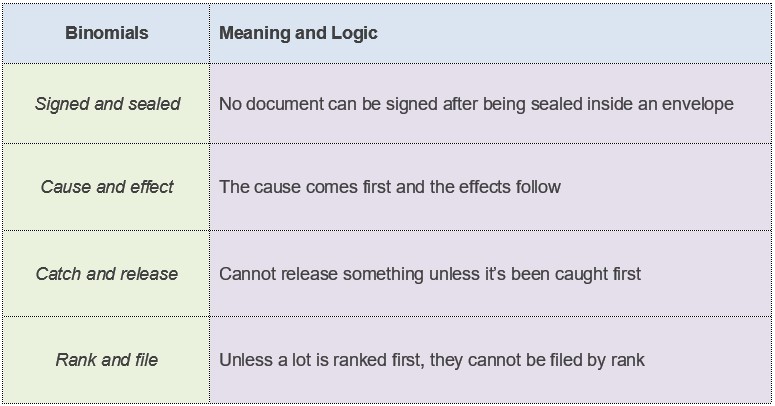What is Third Person in Grammar

Third Person
There are three persons - First, Second and Third, in the English grammar and all three of them have singular and plural Personal Pronouns. The Third Person is used to refer to someone who is not present or an active performer in the ongoing conversation rather they are mentioned in the first and second person actively conversing between themselves.
Personal Pronouns Chart
| Number | First Person | Second Person | Third Person |
| Singular | I | You | He, She, It |
| Plural | We | You | They |
It is often a good idea to figure out the First and Second person first before determining the Third person. There is a reason why it comes third in the sequence.
First Person: The one talking
Second Person: The one being talked to
Third Person: The one being talked about
Examples:
- I (Mila) am complaining to you (Rachel) about Shaun.
Mila is the one complaining here so she is the First Person while Rachel is on the receiving end of that complaint so that means she would be the Second Person. Shaun is the absent party who is the center of the conversation so that makes him the Third Person here.
Third Person: Verb Agreement
The Third Person Singular Pronouns - “He,” “She” and “It” agree with Verbs ending with -s or, -es. The Third Person Plural Pronoun, “They” agree with the base form of Verbs just like any other Plural Nouns or Pronouns.
Third Person Singular: He runs fast.
She runs fast.
It runs fast.
Third Person Plural: They run fast.
| Third Person | Pronouns | Verbs |
| Singular | He | Runs |
| She | ||
| It | ||
| Plural | They | Run |
Mostly, when someone is referred to by name in a conversation, s/he is Third Person Singular and the Verbs agree as regulated.
- Dave is running late today.
The Auxiliary Verb - “is” placed before “running” determines the fact that the Noun, “Dave” is Third Person Singular Number here.
- Mel, Josh and Kate have run a mile yesterday.
The Verb “to have” here is “have” after the Plural Noun - “Mel, Josh and Kate” and that would make it Third Person Plural in nature. “Have run” is in the Present Perfect tense and the “Run” sitting after the “Have” is in the Past Participle form of the Verb - “Run”.
Spot the Third Person
1. Has Rob looked into the matter regarding Haley?
- Rob
- Haley
- Both
- None
2. Mills, are you going to Shane’s?
- Mills
- Shane
- Both
- None
3. Rose and Lucy are running late today.
- Rose
- Lucy
- Both
- None
4. Are we going to the movies with Ron’s friends?
- Ron
- We
- Both
- None
5. They will let us know if we are expected there.
- They
- We
- Both
- None
Answer: 1. Both 2. Shane 3. Both 4. Ron 5. They
Grammar
Read More
- How to Use "Therefore" in Sentences Avoiding Common Mistakes
- How to Use "Whereas" with Examples and Avoid Common Mistakes
- When and How to Use "Thus" Correctly Without Common Mistakes
- How to Use "On the Contrary" Properly with Meaning and Examples
- When and How to Use "Either/Or" with Examples and Common Mistakes to Avoid
- How to Use "On the Other Hand" Effectively without Mistakes
- How to Use "Respectively" with Example and Common Errors to Avoid
- How and When to Use "Moreover" Without Mistakes
- How to Use "Likewise" in Sentences Based on Context & When not to Use
- When & How to Use "Although" in Sentences to Avoid Mistake



